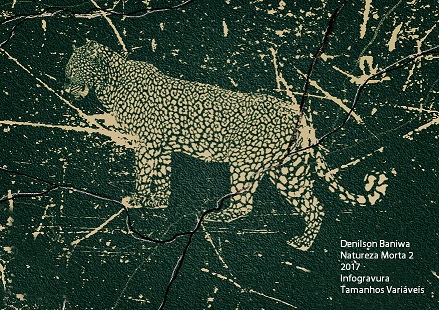Zoopoética y codigofagia en dos fábulas de Esopo en náhuatl. Alejandro Viveros
DOI:
https://doi.org/10.54103/2035-7680/16689Keywords:
Zoopoetics; Codiphagia; Aesop; Cultural Translation; Colonial Mexico; NahuatlAbstract
ABSTRACT: This paper focuses on two conceptual models, zoopoetics and codiphagia, in the translations of Aesop's fables made in colonial Mexico. I will address this issue in three correlative sections. The first contextualizes the meaning of both concepts as perspectives of interpretation. The second refers to the figure of Aesop and his reception in colonial Mexico, especially at the Colegio de Santa Cruz de Tlatelolco. The third section develops a comparative and hermeneutical approach that analyzes the cultural translation in two of Aesop's fables: “The Coyote and the Lion” (“Coyotl yuan tequani miztli”) and “The Ant and the Huilota” (“Azcatl ihuan huilotl”). I seek to recognize, in zoopoetics and codiphagia, two useful conceptual models for the interpretation of these Aesop's translations into Nahuatl, not only as evidence of the interaction between cultural horizons but as an example of the creation of a new one, built by the Indigenous people themselves.
Metrics
Downloads
Published
How to Cite
Issue
Section
License

This work is licensed under a Creative Commons Attribution-NonCommercial-NoDerivatives 3.0 Unported License.




